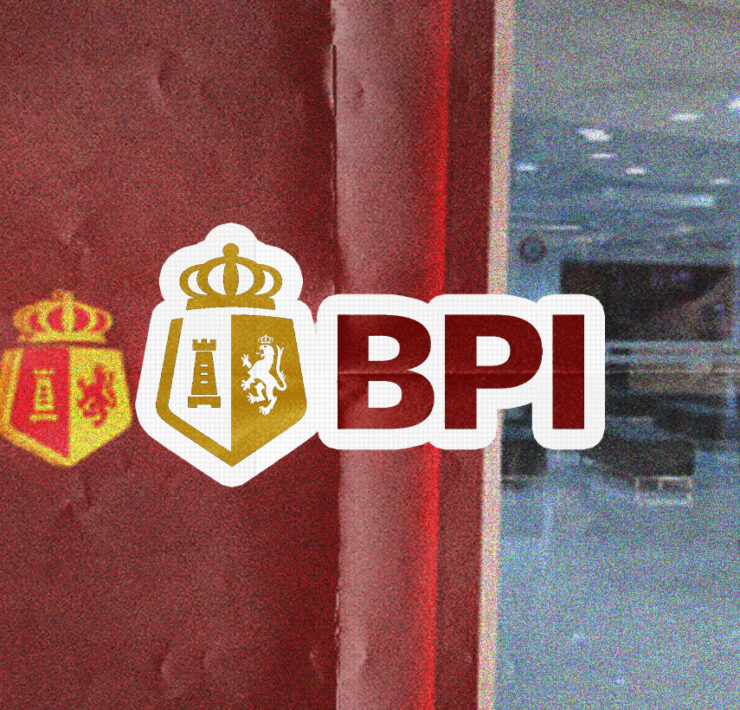What market trends say about financial stress

When we talk about measuring a company’s financial health, most investors and analysts immediately turn to the familiar balance sheet ratios—debt-to-equity, current ratio, maybe even interest coverage if they’re digging a bit deeper.
These are useful, but they all rely on accounting numbers that may already be outdated by the time you read them. In a market where sentiment changes faster than earnings reports and where market values can change overnight, relying solely on book values is like reading last month’s headlines to predict tomorrow.
This is where market-based metrics become useful—and one of the most practical, yet often overlooked, is the market value to total liabilities (MV/TL) ratio. It’s a simple formula: you just divide a company’s market capitalization by its total liabilities. What you’re really asking is: How much more does the market think this company is worth compared to what it owes?
If the market values a company well above its liabilities, it signals investor confidence. A ratio higher than 2.0 suggests the company has a solid cushion between what it’s worth and what it owes. On the other hand, a ratio between 1.0 and 2.0 indicates a more neutral financial position—investors see some risk but still believe the company can manage its obligations.
But when the MV/TL ratio drops below 1.0, it means the market values the company at less than its total liabilities—a potential sign of distress that often appears before it shows up in the financial statements. In practical terms, shareholders lose their stake. In a bankruptcy scenario, this is typically when equity gets completely wiped out.
In 1974, Robert Merton of Massachusetts Institute of Technology built a credit risk model that treated equity as a call option on a company’s assets. According to his model, if the asset value of a firm drops below its liabilities, equity becomes worthless—just like a call option that expires out of the money. This idea is at the heart of the MV/TL ratio. When the ratio falls below one, the market is effectively saying, “We’re not sure the equity is worth anything after covering the debt.”
Further research in later years supports this view. In 1980, James Ohlson of New York University developed a model to predict bankruptcy based on several financial variables. When he updated his model, one key variable he added was the market value-to-liabilities ratio. His findings showed that companies with lower market value relative to their liabilities faced a much higher risk of financial distress.
Looking at PH firms
If we take a look at all the companies listed on the Philippine Stock Exchange (PSE), we’ll see that the median MV/TL ratio has fallen significantly—from 2.42 in 2019 to just 1.05 today—as the PSE Index declined by about 10.9 percent over the same period.
Looking closer, the share of companies with an MV/TL ratio above 2.0 has dropped from 53.3 percent in 2019 to 35.7 percent today. With the proportion of companies in a neutral financial position remaining nearly unchanged at 15.5 percent, this decline in financially strong firms has led to a significant rise in the share of companies with an MV/TL ratio below 1.0—from 31.1 percent before the pandemic to 48.8 percent today.
This shift in the distribution of MV/TL ratios points to a growing concentration of firms operating with little or no market-value cushion against their liabilities—a clear warning sign.
When nearly half of listed companies trade below the value of what they owe, it suggests elevated financial stress across the market. These firms may find it harder to raise capital, refinance debt, or withstand economic shocks.
In such an environment, even modest disruptions—like rising interest rates, weaker consumer demand, or declining earnings—could push more companies closer to default risk.
Interestingly, if we examine the MV/TL ratios of blue-chip companies in the PSE Index, we’ll find that around 10 firms—representing about 38.5 percent of the total, excluding banks—have ratios below 1.0.
This is concerning because these are the companies that typically anchor market sentiment and attract the most investor attention. When a significant portion of index heavyweights trade below the value of what they owe, it raises questions about underlying financial strength.
It also suggests that even well-established firms may be facing pressure—from falling valuations, tighter margins, or rising debt burdens. For investors, this signals a need for caution: the presence of financial stress is no longer confined to small-cap or speculative names—it’s also showing up in the blue chips.
In markets where hype and headlines often distract from what really matters, the MV/TL ratio gives a clearer and more meaningful signal. Valuation, at its core, is about assessing what a business is worth relative to risk. And right now, the risk is rising. Investors would do well to step back from the narrative-driven optimism and take a harder look at balance sheet resilience. Because when sentiment fades, it’s the fundamentals that ultimately hold the line.





















Tethered bulls: On sub-par Q3 GDP growth